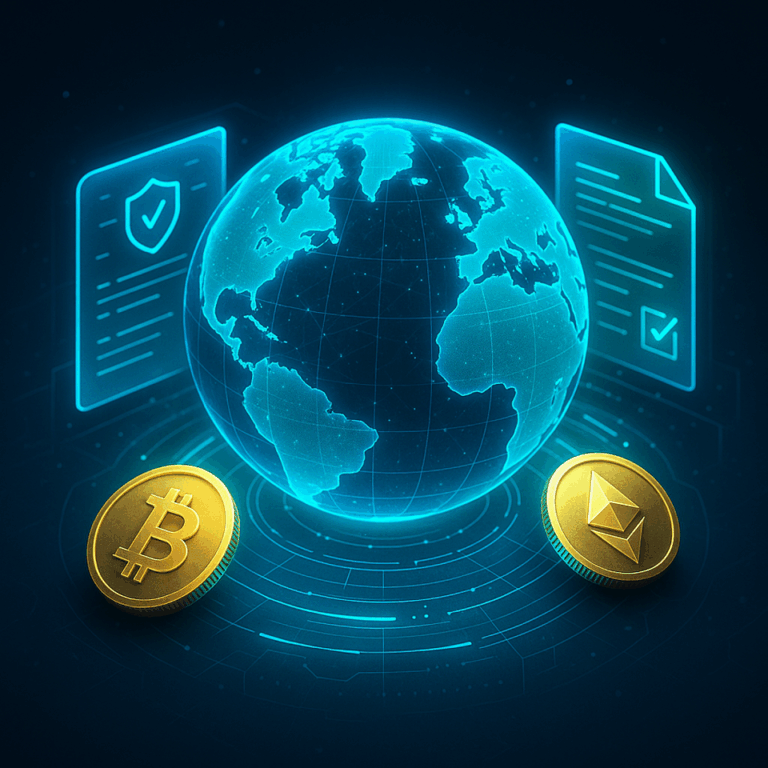The rapid rise of cryptocurrencies has brought blockchain technology into the spotlight. While many view digital assets primarily as speculative investments, the underlying technology is the true driver of change in the financial world. Blockchain serves as the foundation for cryptocurrencies, enabling secure, transparent, and decentralized transactions. Understanding how blockchain works is crucial for anyone interested in the broader implications of digital finance.
What Is Blockchain Technology?
Blockchain is a distributed ledger system where data is stored across a network of computers rather than in a single central server. Each block contains a set of transactions, and once verified, it is linked to the previous block, creating a continuous chain. This structure ensures that records are immutable, making it nearly impossible to alter past transactions without consensus from the network. By removing intermediaries, blockchain enables peer-to-peer financial interactions with greater efficiency and reduced costs.
Key Features of Blockchain
Several characteristics distinguish blockchain from traditional financial systems. Decentralization eliminates the need for banks or central authorities to validate transactions. Transparency allows every participant in the network to view and verify records. Security is strengthened through cryptography, which protects data from manipulation or unauthorized access. Finally, immutability ensures that once information is recorded, it cannot be altered, enhancing trust in the system.
Applications Beyond Cryptocurrencies
While blockchain is most commonly associated with Bitcoin and other digital currencies, its applications extend far beyond that scope. The technology is increasingly used in supply chain management to track goods, in healthcare to secure patient records, and in insurance to streamline claims processing. Governments and institutions are also exploring blockchain for digital identity verification and secure voting systems. This versatility highlights its potential to reshape multiple industries.
Challenges and Limitations
Despite its benefits, blockchain faces several challenges that hinder widespread adoption. Scalability remains a major concern, as processing thousands of transactions per second is still difficult for many networks. Energy consumption is another issue, particularly with proof-of-work systems like Bitcoin. Additionally, regulatory uncertainty creates obstacles for companies and investors seeking to engage with blockchain solutions. Overcoming these challenges is essential for the technology to reach its full potential.
The Future of Blockchain in Finance
In the financial sector, blockchain is expected to play a pivotal role in increasing efficiency and security. From decentralized finance (DeFi) platforms to central bank digital currencies (CBDCs), the technology is reshaping how money is created, exchanged, and stored. As innovation continues, blockchain may become as fundamental to finance in the 21st century as the internet was to communication in the 20th century.
Conclusions
Blockchain technology represents one of the most significant advancements in modern finance. By offering decentralization, security, and transparency, it provides the foundation for cryptocurrencies and a wide range of applications across industries. While challenges remain, its potential to redefine how transactions and data are managed cannot be overlooked. For individuals and institutions alike, understanding blockchain is essential to navigating the future of digital finance.



